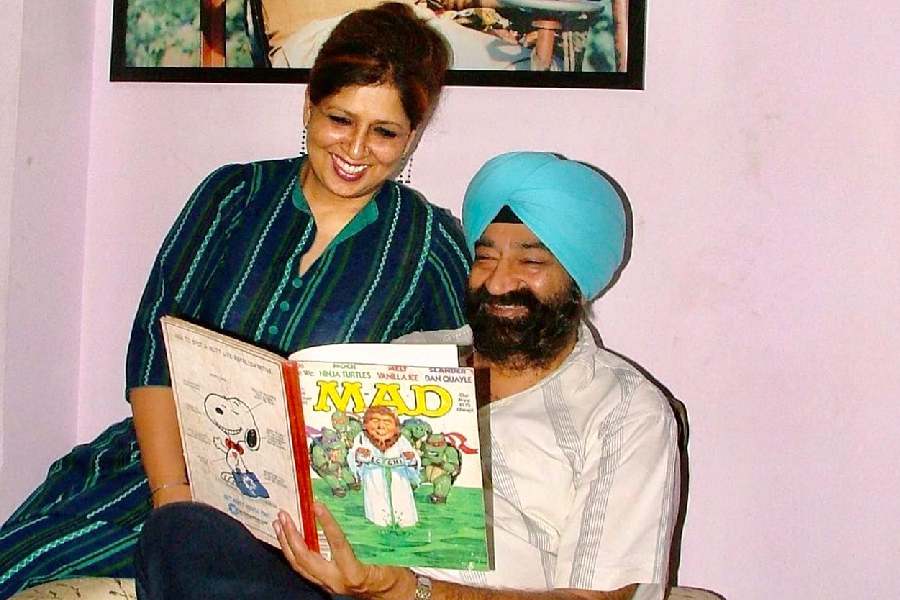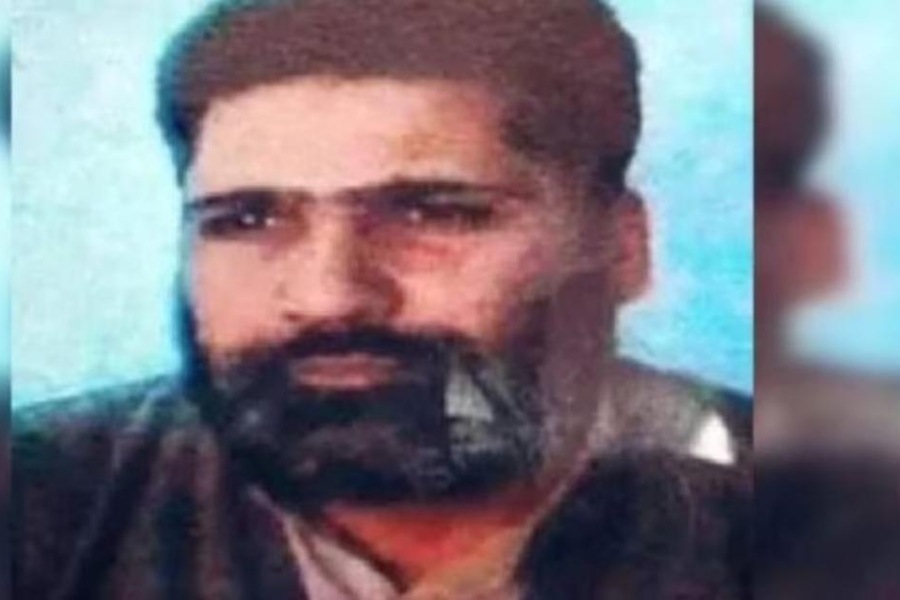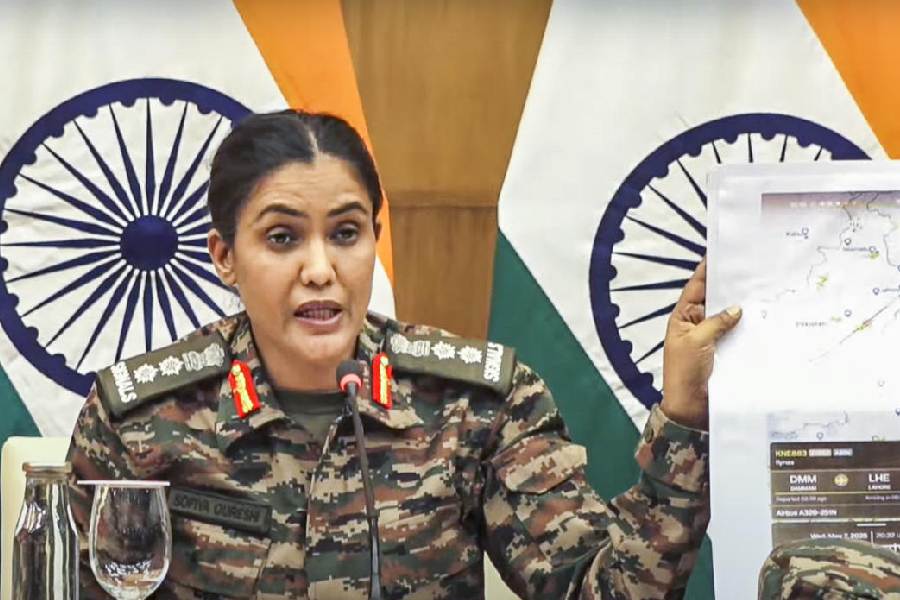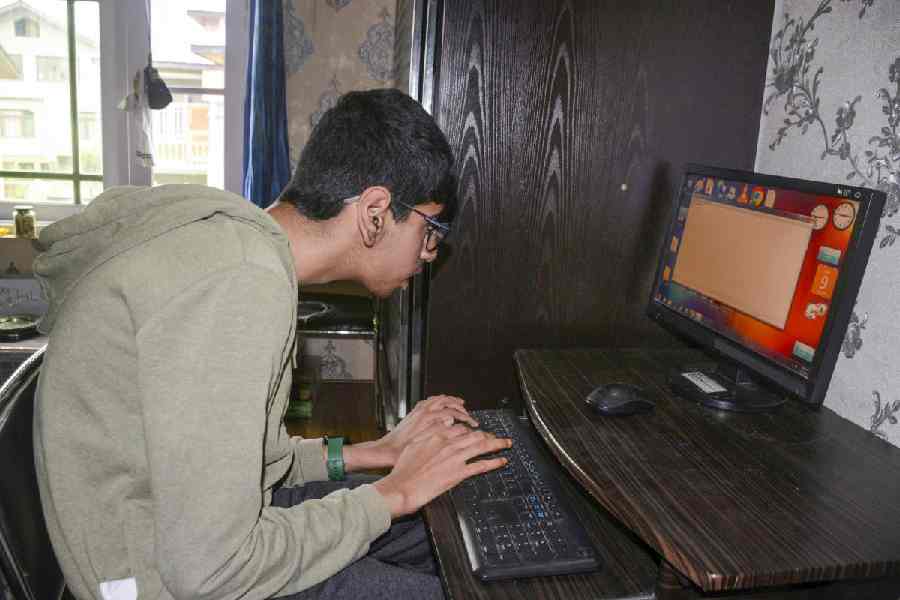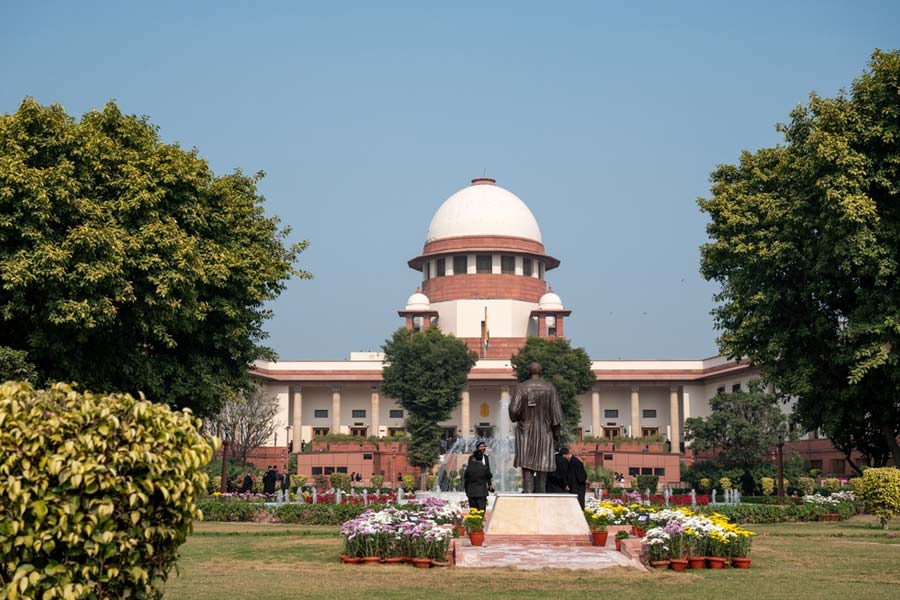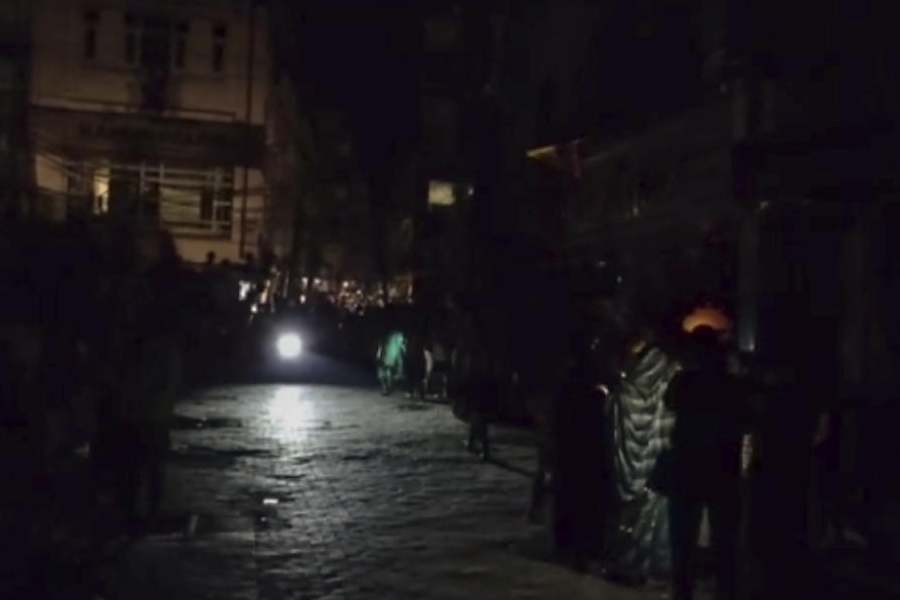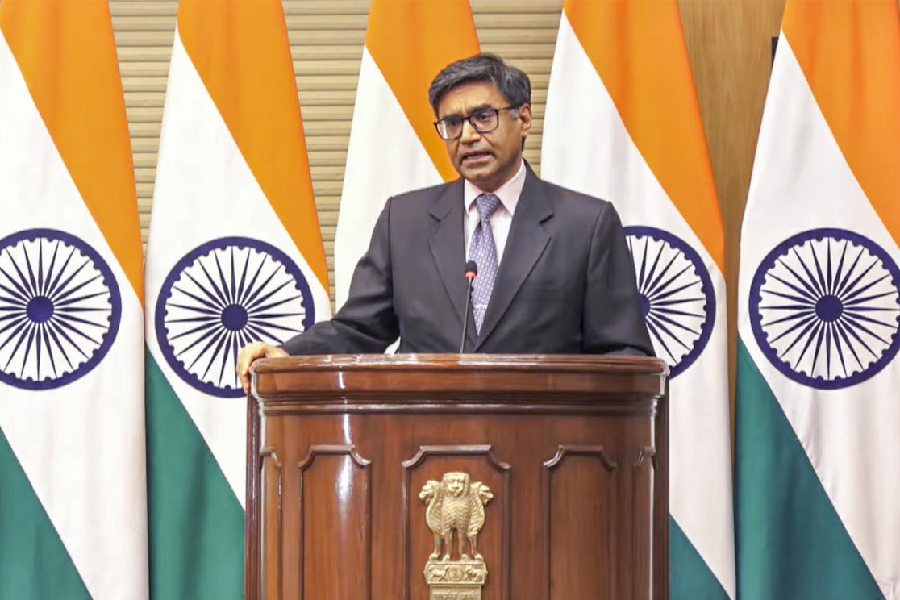.jpg) |
.jpg) |
.jpg) |
.jpg) |
 |
.jpg) |
| SITABINJI HILL HAS A NUMBER OF MAJOR TOURIST ATTRACTIONS SUCH AS BHANDARAGHARA CAVES, ROCK INSCRIPTIONS, RAVANACHHAYA FRESCOS AND THE VALMIKI ASHRAM. TELEGRAPH PICTURESAMULYA KUMAR PATI |
Keonjhar, June 7: Keonjhar district is not only abundantly rich in mines and minerals, but also a treasure trove of historical and religious sites. It offers a variety of attractions to the tourists including religious shrines, frescos, waterfalls, gorges and lots of greenery.
Sitabinji is one of the major religious sites here. It is situated along the Sita river, about 31km from the district headquarters town of Keonjhar.
The religious site contains a number of monuments such as the Bhandaraghara caves, rock inscriptions, frescos and the Valmiki Ashram.
Legend has it that Sitabinji was named after Sita, wife of Lord Rama, who used to live here with her two children after being deserted by her husband.
An idol of Sita and her two sons, Luv and Kush, carved out of stone, are worshipped in a cave on top of the hill.
However, this temple has been lying in neglect for years now.
“We have been performing puja at the temple for many generations. However, it is located in such a remote area that no one pays attention for the preservation and renovation of the site. Day by day the temple is losing its sheen due to want of proper care,” said Gouranga Charan Dehury, 76, who has been worshipping the idol for 36 years.
The set of small hills around the area are named Valmiki, Luv, Kush, Surpanakha and Ravana.
The chief attraction here is the ancient art of Ravanachhaya on a gigantic protruding rock.This massive hanging boulder, situated by the river, is umbrella-shaped and bears old paintings.
At about 22 feet above the ground, the main rock is situated on top of another boulder. The murals on the rock are spread across 1,000sqcm. But the rocks show cracks due to weathering and the fading paintings need urgent restoration.
“The rock paintings at Sitabinji are valuable and have immense historic and archaeological value. The Ravanchhaya frescos could be more than 2,000 years old. These frescos have been created by employing the light and shade technique,” said noted historian Ekadasi Padhy. “They should be preserved and taken care of,” he said.
Another attraction of Sitabinji is the rock inscriptions, which lie in utter neglect. Inscriptions dating back to more than 1,000 years were discovered here by researchers a few years ago. These could throw light on historical facts since that was a converging point of Buddhism and Hinduism.
A number of rock paintings related to the visit of Buddha are also seen here. However, neither is the site well-preserved nor are there any facilities for visiting tourists.
“Though the site is of immense historical and religious significance to promote tourism, authorities have never taken steps to preserve and promote the site. Only ASI has put up a signboard here, but even that doesn’t serve the purpose,” said Debananda Nayak, a villager of Sitabinji.


